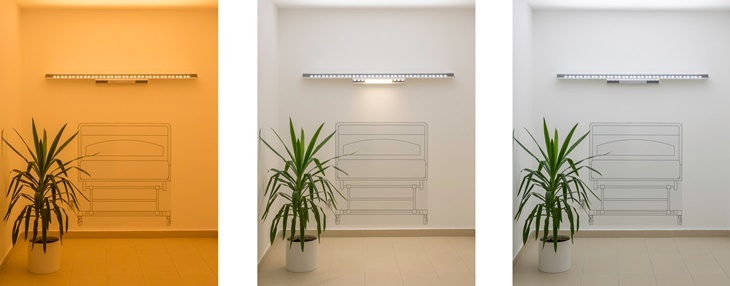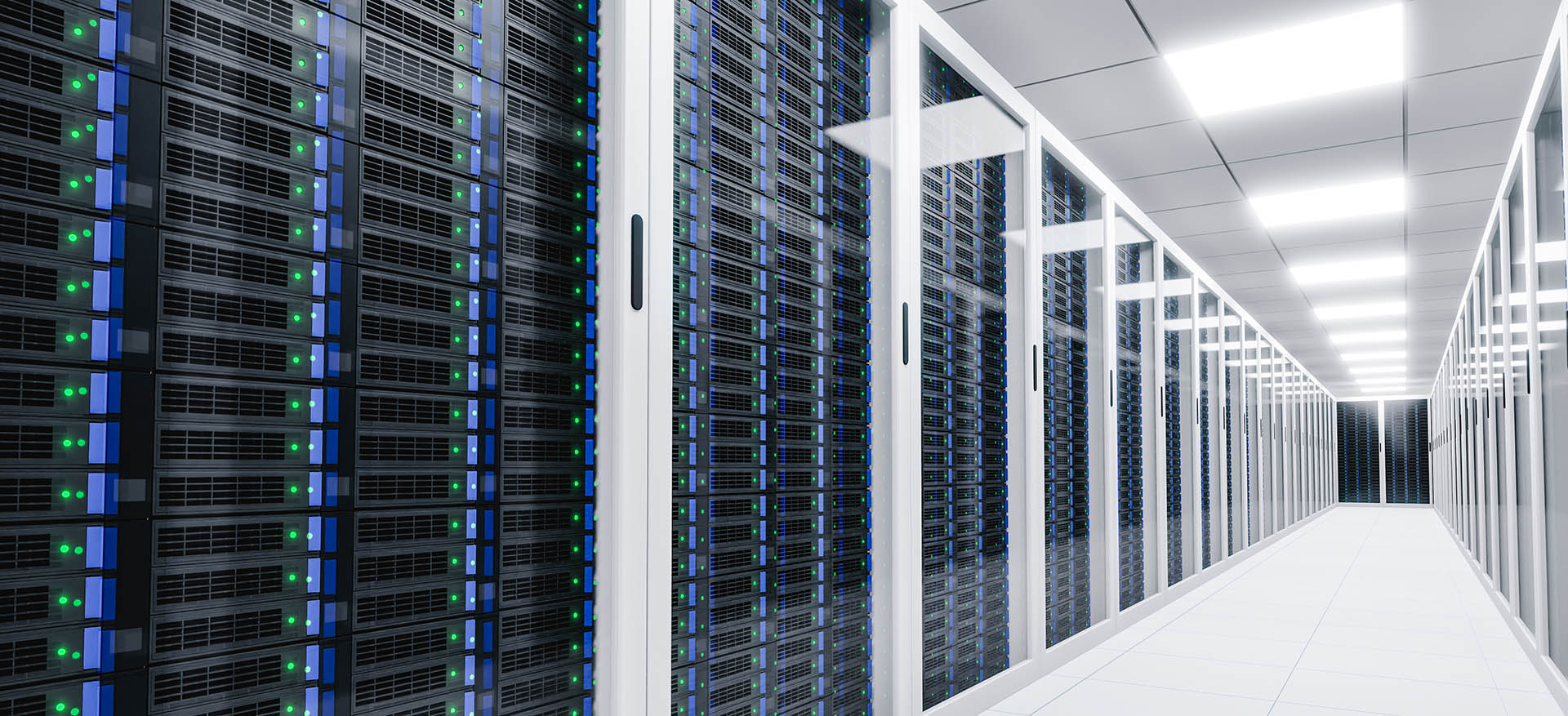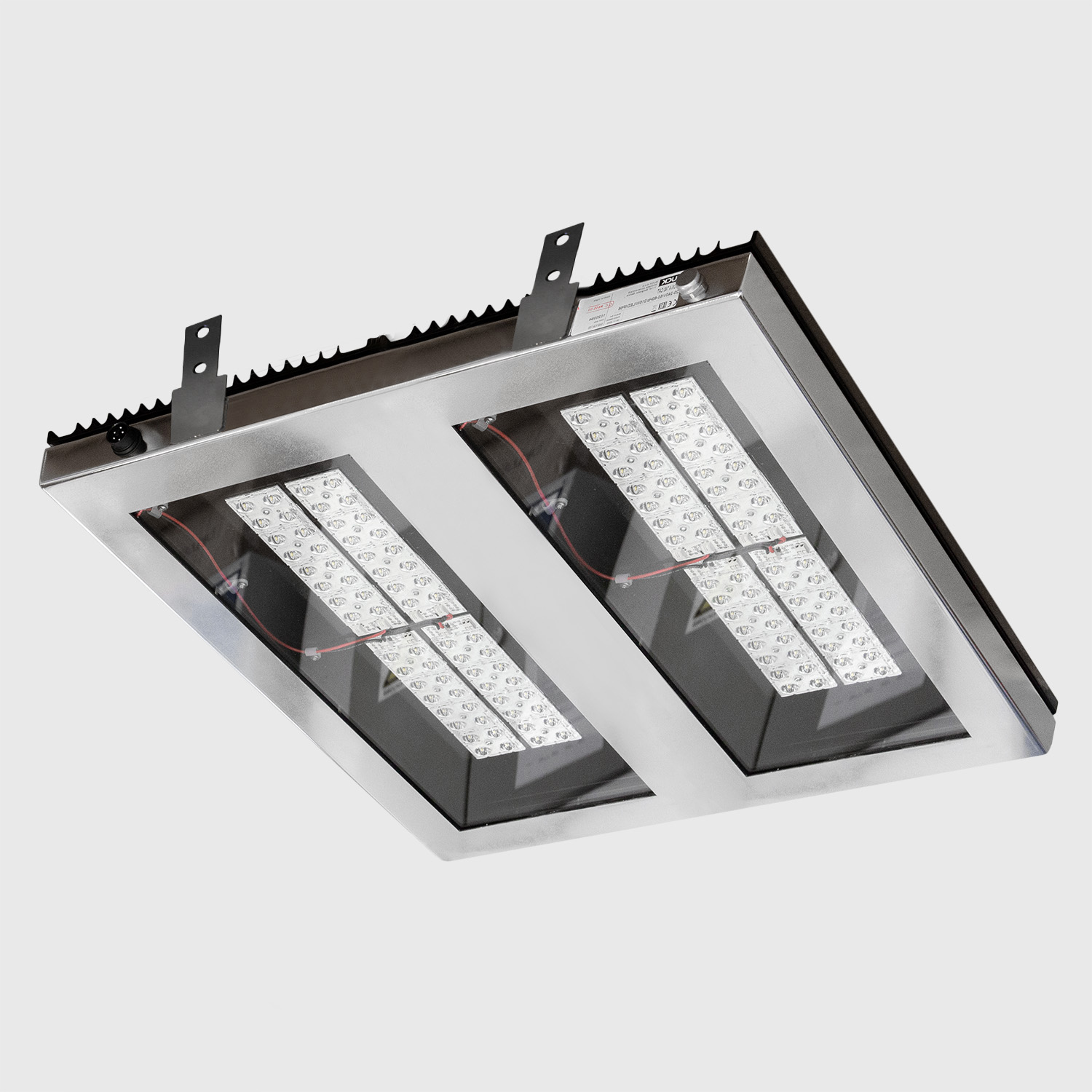Staying indoors can be confusing for our body and one of the reasons can be a lack of exposure to natural daylight. In the following lines, we tried to explain to more details how the natural light affects our bodies, and how far the lighting technology has come in this field.
Every human is Zoon politikon, a social animal, as the Greeks would say. So isolation is naturally difficult for all of us.
Psychologists will provide their points of view, such as effects of lack of human touch and interaction, physicians will say lack of movement and fresh air will affect our physical status (they recommend cleaning the house as a beneficial physical activity).
The lighting business is also very involved in this aspect, with pioneer experience regarding the recovery of patients in the hospital environment.
We will try to explain the way light affects our bodies and minds.
Qualities of natural light
The quality of natural lighting changes depending on the time of day and season. The colour of light is usually expressed in K (Kelvins), and ranges from as low as 2.200K-2.700K in the morning and evening (warm, yellowish-white), to over 6.500K (cool white) at noon. This is how we can intuitively tell approximate time of day just by looking out the window and perceiving the light colour.
How does this affect our body?
Most recent research indicates that, next to rods and cons, there is another type of cells in our eyes, retinal ganglion cells, that are photosensitive (active even when the person is blind), which provide light related information to the body and manages the metabolism.
Artificial lighting Vs natural light
No one argues that the invention of artificial light and its progress enabled humanity to be independent of the natural day/night rhythm and enabled activities 24/7. Now that we have the quantity, can we explain its quality?
We are now in LED era, where we can choose the light colour temperature upon the personal preferences and that of the region (Scandinavian countries and Russia tend to go towards 3.000K, others tend towards 4000K for office spaces). Household LED bulbs are more in the lower range.
Nowadays, the technology enabled us to have the dynamic light colour shift, making it adjustable and pleasant, so-called Dynamic white.
Human Centric Lighting makes the artificial, indoor lighting come as close as possible to the quality of natural light. The initial way to obtain this was to have two chips, each with single light colour temperature, one warm, the other cool white. The latest technology now uses a single, versatile chip for both functions. Using the software to manage these LEDs, we can obtain the light colour appropriate for the particular time of the day. This can be automatically adjusted, or manually, if such a necessity arises.
Human Centric lighting approach has so far been tested only in the clinical environment, where some research results indicate that its application speeds up the recovery and diminishes the number of days spent in hospitals, as well as better mental status, especially for neurological patients and the elderly.

This approach is only now getting more and more application in the commercial spaces, namely offices, where the overall atmosphere and work efficiency are much increased. No wide use has been detected in the residential area yet.
To summarize, if staying home and not going out is hard for you, one of the reasons is the lack of exposure to the natural daylight, confusing our metabolism about the time of day and erroneous triggering of the different hormone secretion.
The symptoms are disorientation, drowsiness, lack of enthusiasm, sleep disorder. While staying indoors, we are exposed to blue light from different screens, and this helps us stay focused during the day.
In the evening, however, such a thing is not advisable, as it sends to our nervous system the message that it is broad daylight, keeping us awake for much longer after we are done with the screens. The solution, if we must look at the screens, is to turn on the night/ blue filter.











